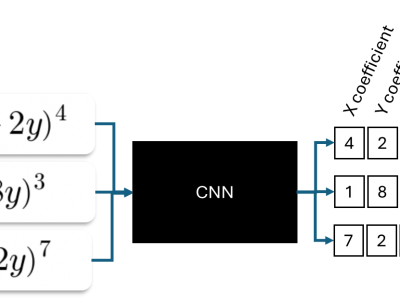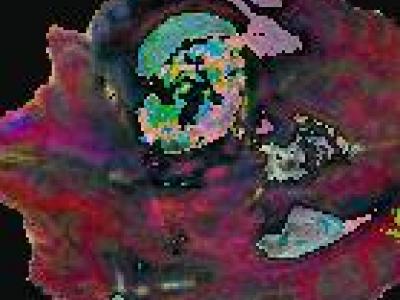Image Processing
The IARPA Space-Based Machine Automated Recognition Technique (SMART) program was one of the first large-scale research program to advance the state of the art for automatically detecting, characterizing, and monitoring large-scale anthropogenic activity in global scale, multi-source, heterogeneous satellite imagery. The program leveraged and advanced the latest techniques in artificial intelligence (AI), computer vision (CV), and machine learning (ML) applied to geospatial applications.
- Categories:
 116 Views
116 ViewsThe Brain Tumor Detection Dataset is a dataset that's specifically designed for detecting brain tumours using advanced computer vision techniques. It's compatible with YOLOv8 an efficient and real-time object detection algorithm. The dataset was last updated about a year ago and is curated to help accurately detect and classify brain tumours into three distinct classes. The main goal of the project is to contribute to the early detection and diagnosis of brain tumours, which aims to provide valuable support to medical professionals in creating effective treatment plans.
- Categories:
 404 Views
404 ViewsA Brain tumor is considered as one of the aggressive diseases, among children and adults. Brain tumors account for 85 to 90 percent of all primary Central Nervous System(CNS) tumors. Every year, around 11,700 people are diagnosed with a brain tumor. The 5-year survival rate for people with a cancerous brain or CNS tumor is approximately 34 percent for men and36 percent for women. Brain Tumors are classified as: Benign Tumor, Malignant Tumor, Pituitary Tumor, etc. Proper treatment, planning, and accurate diagnostics should be implemented to improve the life expectancy of the patients.
- Categories:
 411 Views
411 ViewsA Brain tumor is considered as one of the aggressive diseases, among children and adults. Brain tumors account for 85 to 90 percent of all primary Central Nervous System(CNS) tumors. Every year, around 11,700 people are diagnosed with a brain tumor. The 5-year survival rate for people with a cancerous brain or CNS tumor is approximately 34 percent for men and36 percent for women. Brain Tumors are classified as: Benign Tumor, Malignant Tumor, Pituitary Tumor, etc. Proper treatment, planning, and accurate diagnostics should be implemented to improve the life expectancy of the patients.
- Categories:
 75 Views
75 Views
LIVE-Viasat Real-World Satellite QoE Database contains 179 videos from real-world streaming, encompassing a range of distortions. Enhanced by a study with 54 participants providing detailed QoE feedback, our work not only provides a rich analysis of the determinants of subjective QoE but also delves into how various streaming impairments influence user behavior, thereby offering a more holistic understanding of user satisfaction.
- Categories:
 13 Views
13 Views
LIVE-Viasat Real-World Satellite QoE Database contains 179 videos from real-world streaming, encompassing a range of distortions. Enhanced by a study with 54 participants providing detailed QoE feedback, our work not only provides a rich analysis of the determinants of subjective QoE but also delves into how various streaming impairments influence user behavior, thereby offering a more holistic understanding of user satisfaction.
- Categories:
 15 Views
15 Viewsdataset on Indian banknotes that was collected to aid research in fields like financial technology, security, and machine learning. The collection contains notes for both older and more recent generations of Indian currency, including ₹1, ₹2, ₹5, ₹10, ₹20, ₹50, ₹100, ₹200, and ₹500. Each note has been carefully scanned and sorted. Important details have been noted, including the note's design, serial number, and security features including small printed text, security threads, and watermarks. We systematically gathered, checked, and labeled every note in order to create this dataset.
- Categories:
 294 Views
294 Views






